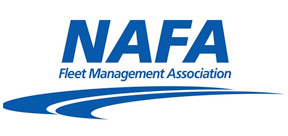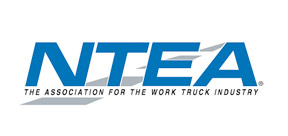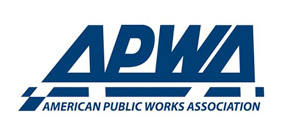Boise offers Youth Firesetting Intervention Program
Curiosity about fire is a natural part of childhood, but when that curiosity leads to fire setting behavior, it becomes a serious concern. Unfortunately, children under 18 account for nearly 50% of all arson arrests in the United States, which is why most larger fire departments have adopted programming and have specially trained personnel who can intervene before it’s too late.
Since the late 1990s, the Boise, Idaho, fire department has worked to prevent juvenile misuse of fire through its Youth Firesetting Intervention Program. The program is designed to educate and intervene with children who have misused fire with the goal of preventing further incidents as well as the injuries, deaths and destruction of property that can occur as a result.
According to Maura Hay, fire prevention education program manager for the Boise Fire Department, the best way to get a child the help that he or she needs is through early fire setting intervention.
“Children do not understand the reality and danger of fire,” she said. “Sadly, youth fire setting is underreported, and we do not know about all of the children who are misusing fire until an incident lands them in trouble.”
An individualized program
Boise began its Youth Firesetting Intervention Program shortly after the North Ada County Fire and Rescue fire marshal learned about it at a fire conference in Oregon. The program was modeled after existing programs in several states and is updated as new information and best practices are identified.
Although the free program is open to any child from the age of 3 to 17 who has been involved in an incident of fire setting, Hay said most of her referrals come from Ada County Juvenile Services. It is part of the county’s diversion program and is an alternative to formal court proceedings following an incident of fire misuse. When a child is enrolled in the program, they can expect to spend 1-1/2 to 2 hours with a youth fire setting intervention specialist learning about fire safety in an individualized way.
“We use a screening tool to gain a deeper understanding of the child and family, which helps us determine the motivation behind the incident and tailor the education accordingly,” she said. “Some families may require a referral to other services in addition to fire safety education.
The program is typically completed in one day, but program staff also try to remain flexible in order to meet a specific child’s learning needs. Some children may require a second visit. Lesson plans are adjusted to the child’s mental age, which may not always correspond with their biological age.
“The program includes interactive activities, videos and, for older children, a homework assignment. Once all of the requirements are met, we issue the child a certificate of completion,” Hay said.
Evaluating outcomes
Once a child has completed the program, the Boise Fire Department follows up in 18 months to determine if the program’s lessons have been applied by the participant. They evaluate the program based on recidivism rates, and while the data suggests low incidents of recidivism at the childhood level, participants are not followed as they grow into adulthood.
“Early intervention is key,” Hay said, noting that said intervention begins at home with parents and the other adults in a child’s life modeling safe fire use and following all safety guidelines. “Children need to be appropriately supervised. Matches, lighters and other dangerous tools should be locked up. Above all, you must teach children that matches, lighters and so on are tools, not toys. Lead by example.”
Parents should also demonstrate good fire safety behavior by installing and maintaining smoke alarms and carbon monoxide alarms and having a family home escape plan in the event of a fire. Children watch everything that the adults in their lives do and learn both appropriate and inappropriate behavior.
For communities looking to launch a similar program, Hay said to contact the state fire marshal’s office to find out if it has a program or resources that could help. Don’t be afraid to look at other programs around the country to develop ideas. Make a brochure highlighting the local program to juvenile services, law enforcement, school counselors and other agencies to get the word out and remind them from time to time that the program exists.
“You can attend the National Fire Academy Training and turn to the Community Risk Reduction online forum for help,” she said. “There is no need to reinvent the wheel when there are experienced professionals who monitor the forum and are willing to share resources.”
Next Article: Land Pride – Cooperative buying 101




